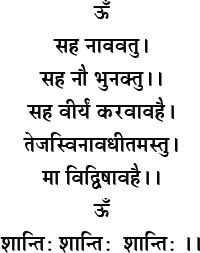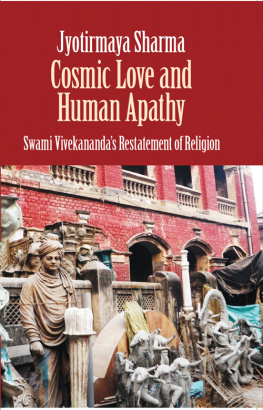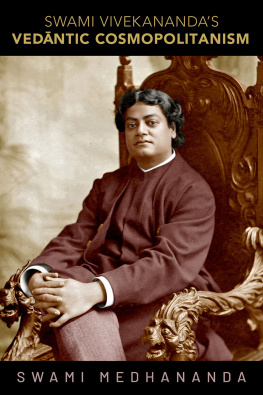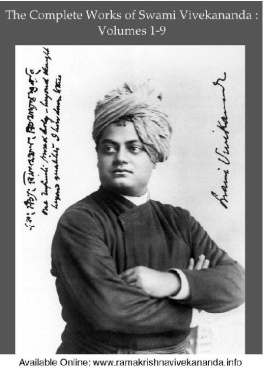Table of Contents

SWAMI VIVEKANANDA
THE JOURNEY OF A SPIRITUAL ENTREPRENEUR
SWAMI
VIVEKANANDA
THE JOURNEY OF A
SPIRITUAL ENTREPRENEUR
Rakesh Tripathi

BLOOMSBURY INDIA
Bloomsbury Publishing India Pvt. Ltd
Second Floor, LSC Building No. 4, DDA Complex, Pocket C 6 & 7,
Vasant Kunj New Delhi 110070
BLOOMSBURY, BLOOMSBURY INDIA and the Diana logo are trademarks of Bloomsbury Publishing Plc
First published in India 2019
This edition published 2019
Copyright Rakesh Tripathi, 2019
Rakesh Tripathi has asserted his right under the Indian Copyright Act to be identified as Author of this work
All rights reserved. No part of this publication may be reproduced or transmitted in any form or by any means, electronic or mechanical, including photocopying, recording, or any information storage or retrieval system, without prior permission in writing from the publishers
Bloomsbury Publishing Plc does not have any control over, or responsibility for, any third-party websites referred to or in this book. All internet addresses given in this book were correct at the time of going to press. The author and publisher regret any inconvenience caused if addresses have changed or sites have ceased to exist, but can accept no responsibility for any such changes
ISBN: TPB: 978-9-3880-3875-1;
eBook: 978-9-3880-3877-5
2 4 6 8 10 9 7 5 3 1
Created by Manipal Digital Systems
Bloomsbury Publishing Plc makes every effort to ensure that the papers used in the manufacture of our books are natural, recyclable products made from wood grown in well-managed forests. Our manufacturing processes conform to the environmental regulations of the country of origin.
To find out more about our authors and books visit www.bloomsbury.com and sign up for our newsletters
To my parents,
Radhey Shyam and Kamla Tripathi, my wife Jyotsna and son Siddhant

May we work together in peace and harmony
and enjoy the fruits of our efforts by sharing with others
May our study be vigorous and fruitful
May we not be jealous of others achievements
May peace prevail on earth
(Taittiriya Upanishad, II.i.1)
CONTENTS
S wami Vivekananda was one of the most outstanding figures in the religious and spiritual history of the world. His apprenticeship with the spiritual genius Sri Ramakrishna, his subsequent travels throughout India where he was deeply distressed to see the condition to which she had been reduced after centuries of foreign rule, and then his dramatic appearance at the Parliament of World Religions in Chicago in 1893 are all part of the saga of his life. Thereafter, he returned to India and founded the Ramakrishna Mission which continues its valuable service to society down to the present day.
Swami Vivekananda thus had three great achievements to his credit. The first was a virtual rearticulation of Hinduism based on the immortal teachings of the Vedanta.
This was long overdue, because at the time Hindus were sunk in superstitions and iniquitous social structures, particularly vis--vis women and dalits. Vivekanandas teachings and writings came as a breath of fresh air that helped to sweep away centuries of stagnation and impart a new dynamism to this most ancient of all religions.
Secondly, his advent at the Parliament of World Religions in Chicago, as well as his lectures in Britain, were the first occasion for an exposition of the true foundation of Hinduism for the Western world, and marked the beginning of a whole series of Hindu saints and scholars who visited the West to propagate their doctrine. This distinguished list includes, among others, Parmahans
Yoganada who set up the Self-Realisation Fellowship in California, Maharishi Mahesh Yogi with his Transcendental Meditation, Prabhupada Swami who founded Iskcon which today is active around the world, Swami Sachidananda who created a spiritual community in Yogaville, Carolina, on a beautiful sight overlooking the Lotus Temple, the first Inter-faith Temple in the world, Swami Chinmayananda whose Chinmaya Mission now is spread widely across America, and recently Sri Sri Ravi Shankars Art of Living and Sadhguru Vasudevs Isha Foundation. All of this flowed from Swami Vivekanandas path-breaking initiative.
Thirdly, his Foundation of the Ramakrishna Mission marked a new dimension in the long ecclesiastic tradition of India. He gave the Mission a clear mandate Atmano Mokshartham Jagat Hitaya Chawork for your own salvation, but also for the welfare of society. This spirit of service dedicated to the divine pervades the Ramakrishna Mission which now has hundreds of branches in India and around the world. Its work in the field of education, health services and disaster relief is well known. It also introduces millions around the world to the teachings of Sri Ramakrishna & Swami Vivekananda.
Hundreds of books have been written on Swami Vivekananda. In Swami Vivekananda: The Journey of a Spiritual Entrepreneur, Shri Rakesh Tripathi has dealt, at length, with the fascinating life and work of Swami Vivekananda and his rearticulation of Vedanta as the bedrock of Hinduism. It is a valuable addition to the voluminous literature on Swamiji, and will be welcomed not only in India but for all those who are interested in Swamijis life and work.
Never before has Vedanta been more important than today, and Swami Vivekanandas exposition and writings can be a source of great inspiration, especially to younger generations. With all the tension around us, it is important that apart from our outer activities, we should follow an inner path because the outer turnmoil, in some ways, reflects the fractured and fragmented state of the human psyche. Swamiji has clearly set before us the four-fold path of Jnana yoga, Bhakti yoga, Karma yoga and Raj yoga which individually and collectively can give deeper meaning and significance to our lives and also have a positive effect on the society. I commend Shri Rakesh Tripathi for his contribution.

Karan Singh
21 November 2017
S wami Vivekananda or Narendranath Dutta was born around the time when the country was going through some of the greatest transitions. It had been barely five years that the Sepoy Mutiny of 1857 had been successfully crushed by the British East India Company. It was the First War of Independence that India had lost. Before that, the last phase of the Mughal rule under Aurangzeb had been a period of suppression, especially in matters of religion and economy. His successor, Bahadur Shah Zafar, could not carry forth his legacy.
The British who primarily came to India for trade and commerce could clearly see that as a nation, India lacked a unified and stable social, political and economic order. This gave them sufficient leeway to consolidate their position by annexing regional kingdoms and bringing India under the British rule. Gradually, they began to interpret the Indian society, culture, religion and everything that could draw their attention. Describing the historical background of the eighteenth century India in his book Modern Religious Movements in India












